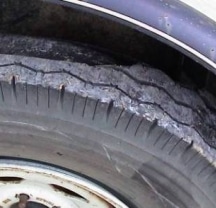AVAILABLE 24/7, CALL NOW
(716) 681-7190
request yourfree consultation
or call now
(716)-681-7190
request yourfree consultation
or call now
(716)-681-7190
